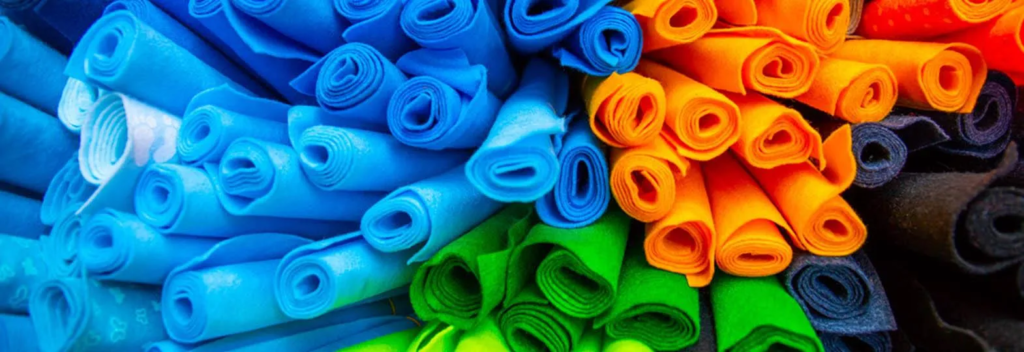
Nonwoven materials are gaining popularity across multiple industries due to their lightness and ability to protect against microorganisms.
However, sustainability concerns have arisen due to the disposable nature of nonwovens and their potential for environmental pollution. Manufacturers are now diversifying into greener ranges, with a growing interest in bio-based versions. The greatest challenge going forward will be cutting the carbon footprint of nonwovens by switching to organic feedstocks.
Consumers encounter nonwoven materials everyday, making up their clothes, facemasks, cosmetics wipes, and reusable bags.
The popularity of this material owes to its simplicity. Nonwovens are a textile type made from short and long fibres mashed together to bind into a pliable surface. Felt is one of the oldest and simplest examples of a nonwoven fabric but the last fifty years have seen an explosion in different types of this material.
The fibres in nonwovens stick together thanks to one of three manufacturing processes: chemical bonding, heat treatment, or mechanical pressing. Since their fibres are not held together by intricate woven or knitted patterns, the material has certain physical advantages that make them ideal in certain applications.
Nonwovens are cheaper to make than their knitted or woven counterparts because the manufacturing process does not need any yarn input and does not involve any complex weaving processes.
Another physical characteristic driving their popularity is their lightness. As packaging, for example, they are both less voluminous and heavier than woven or knit fabrics, offering comparatively more efficient storage and a reduction in transportation fuel costs.
Nonwovens also protect their contents well from microorganisms. A 2015 study even showed that using nonwoven fabrics compared to woven fabrics reduced the proportion of packaged operating instruments that had to be resterilised after storage.1 This cheap, light material is therefore the default option for protective clothing in healthcare, medicine, and emergency services.
